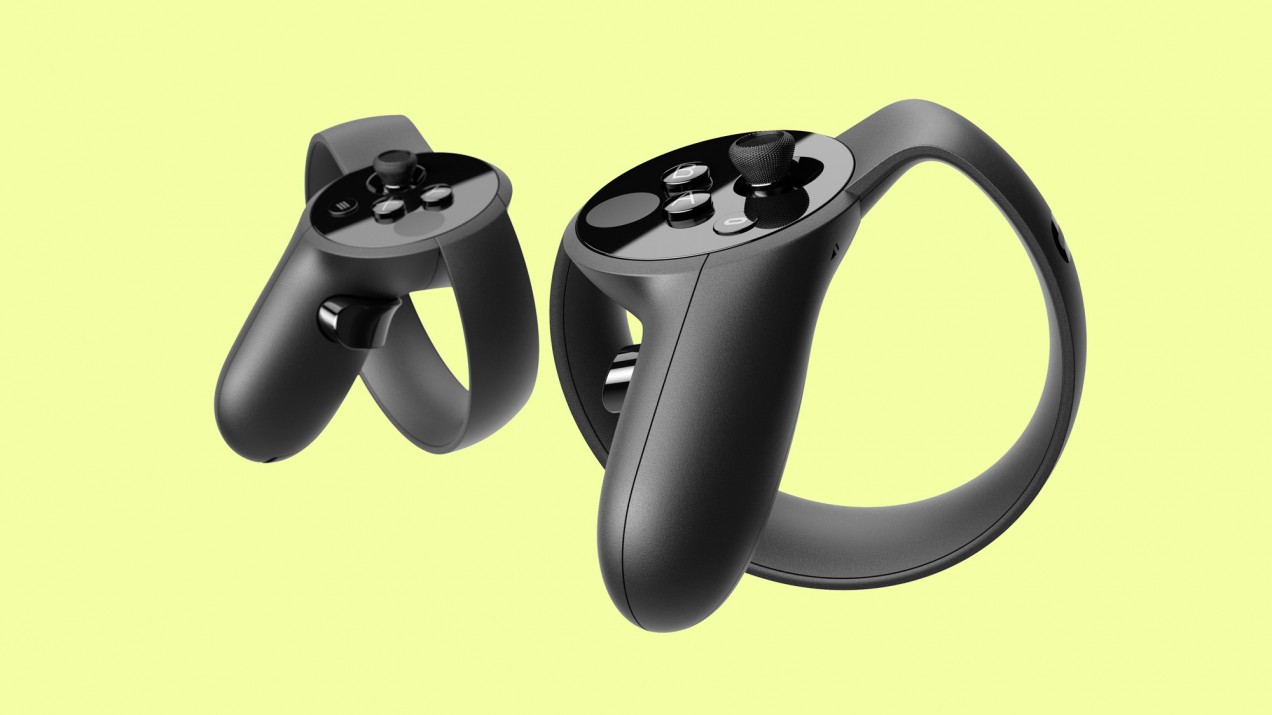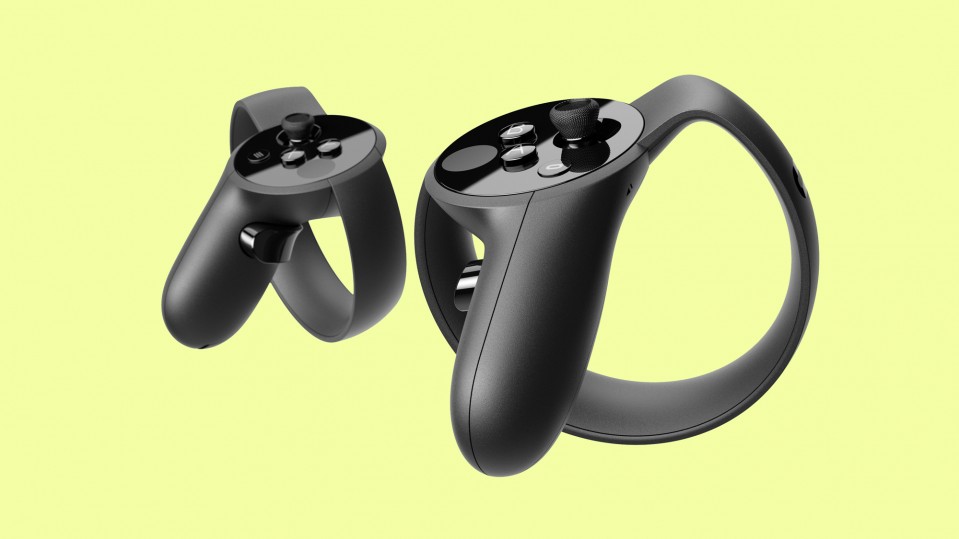

Connectivity
Two Weeks with Oculus Touch and I’m Hooked
Virtual reality gets much more immersive as soon as you strap on these new hand-tracking controllers.

Oculus Rift headset owners are about to experience a new level of immersion in virtual reality. The company’s Touch controllers, which ship December 6 for $199, bring your hands into VR by tracking gestures and finger movements.
I spent the last two weeks using Touch controllers with my Oculus Rift headset. At first glance, they’re intimidating, since they look nothing like those paired with previous gaming systems. Your pointer and middle finger rest on triggers on the sides of the devices while your thumb rests within reach of a joystick and three buttons.
Once you get used to it, the experience becomes increasingly immersive. As soon as anyone puts on a VR headset for the first time, they want to reach out and interact with the virtual world around them. Touch controllers make that possible.
You can look down and see ghostly hands hovering in front of you while holding the Touch controllers. Point your pointer finger and the hands will do the same. In Pierhead Arcade, I dropped coins into virtual arcade games and played skeeball, shuffleboard, and a claw machine. In VR Sports, I stepped in front of a net as a hockey goalie, reaching out with a gloved hand to block pucks hurtling toward me. More than 50 games will be compatible with Touch when it launches, and most also work with an Xbox controller.
Part of the immersion of Touch is just having something physical in your hands. Pick up a shuffleboard puck and there’s really something there in your hands (be sure to wear the wrist straps to avoid accidentally chucking the controllers). The other part is being able to reach out and poke, punch, and manipulate the world around you. The controllers can also vibrate to add haptic feedback where appropriate.
Rift headsets ship with a sensor that tracks your location. Touch controllers come with a sensor, too. I set up the sensor to track the recommended minimum seven-by-five-foot space in my living room. Get close to the edge and the headset throws up a virtual blue fence in front of you, reminding you to step back. I did find that when using the minimum recommended space, games sometimes placed objects just outside of my play area, causing a glitch when I reached for them.
Once I played games with Touch, I didn’t want to go back to the Xbox controller and remote that is included with Oculus Rift. But it is tiring to move your arms as if you’re actually throwing a football or cocking a shotgun. Intense gamers are likely to continue to prefer traditional controllers—not to mention a seated experience—for long gaming sessions.
Oculus will likely continue to improve the comfort and accuracy of Touch, but for a first generation device they fully met my expectations. VR is about immersion, and hand tracking is a huge part of that. Any Rift users interested in the full experience should consider buying a pair.
Advertisement